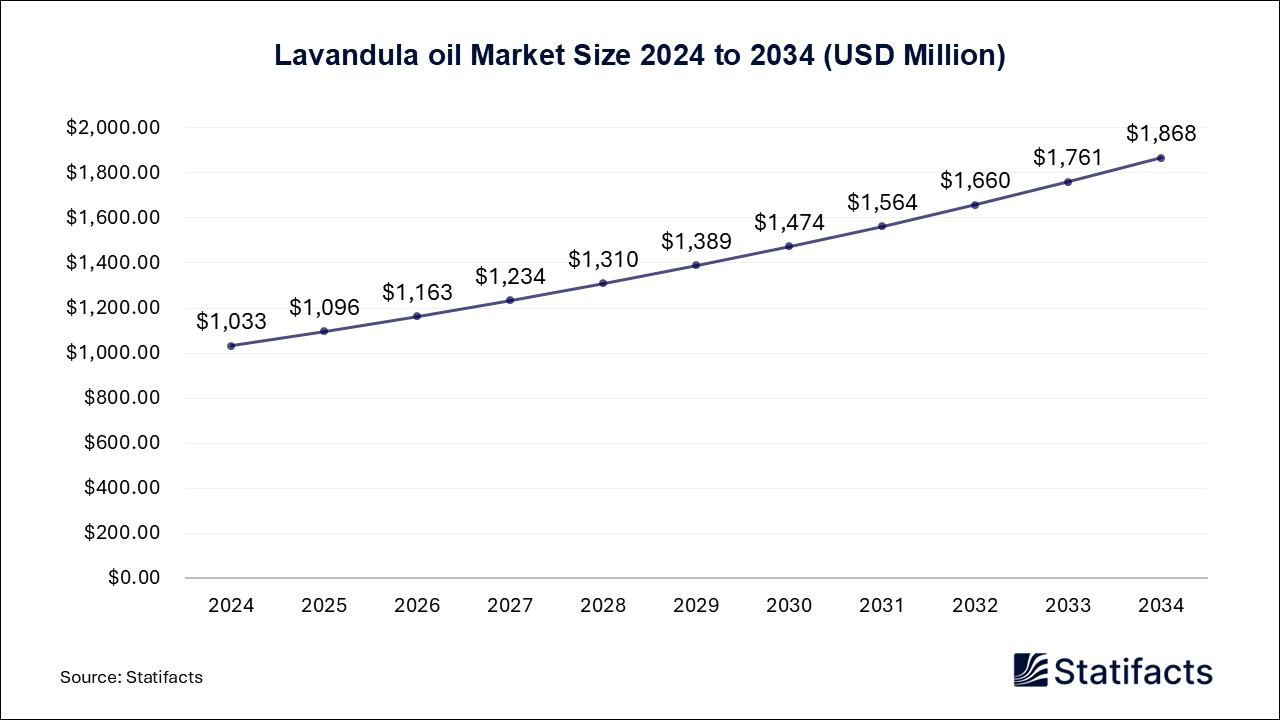
By clicking “Accept All Cookies” you agree to the storing of cookies on your device to enhance site navigation, analyze site usage, and assist in our marketing efforts.
Privacy PolicyCardiac Monitoring Devices Market (By Type: ECG Method, Arterial Pressure Method, and Photoelectric Method; By Application: Hospitals, Clinics, and Other; By Region: North America, Europe, Asia Pacific, and LAMEA) Industry Size, Share, Growth, Trends 2025 to 2034
The global cardiac monitoring devices market size was valued at USD 39.79 billion in 2024, is projected to reach approximately USD 58.9 billion by 2034. This growth, driven by rising cardiovascular disease prevalence and advancements in wearable health technology, is expected at a CAGR of 4%.
| Reports Attributes | Statistics |
| Market Size in 2024 | USD 39.79 Billion |
| Market Size in 2025 | USD 41.38 Billion |
| Market Size in 2031 | USD 52.36 Billion |
| Market Size by 2034 | USD 58.9 Billion |
| CAGR 2025 to 2034 | 4% |
| Base Year | 2024 |
| Forecast Period | 2025 to 2034 |
The cardiac monitoring devices market is evolving quickly as both products and end-user preferences shift toward more connected, accessible, and data-driven models of care. Cardiac monitoring devices are essential tools used to detect and manage cardiovascular diseases, which remain one of the leading causes of death globally. The market includes a wide range of devices such as electrocardiogram (ECG) machines, Holter monitors, implantable loop recorders, mobile cardiac telemetry systems, cardiac output monitors, and wearable smart cardiac devices. Each of these technologies plays a vital role in helping physicians monitor heart function and detect irregularities at an early stage.
Among these, ECG and Holter monitoring systems continue to hold the largest share due to their established clinical reliability and frequent use in hospitals and diagnostic centers. However, the most rapid growth is seen in wearable and implantable cardiac monitors. These newer devices benefit from ongoing advances in miniaturization, sensor design, and wireless communication. Patients can now continuously track their heart activity while clinicians receive real-time data through secure cloud platforms. This trend reflects the global shift toward remote and home-based healthcare, which offers patients greater convenience and reduces strain on hospitals and clinics.
The growing prevalence of cardiovascular conditions such as arrhythmias, hypertension, and coronary artery disease is driving the need for continuous monitoring. The aging population, higher obesity rates, and sedentary lifestyles in both developed and developing regions further support this demand. While hospitals and clinics remain key end users, home care and ambulatory monitoring are becoming increasingly important. The expansion of telemedicine and digital health platforms has made it easier to deliver cardiac monitoring outside traditional healthcare settings, allowing early intervention and better long-term management.
North America currently dominates the cardiac monitoring devices market due to its strong healthcare infrastructure, advanced technology adoption, and large patient population with chronic cardiac conditions. Europe is also seeing steady growth through widespread digital health integration. Asia-Pacific is expected to experience the fastest expansion as healthcare accessibility improves and awareness increases, particularly in countries such as India, China, and Japan.
Artificial intelligence is shaping the future of the cardiac monitoring devices market. Manufacturers are embedding AI technology into monitoring systems to move from passive data collection to proactive patient management. AI algorithms can analyze ECG and rhythm data in real time, identify subtle abnormalities, predict possible cardiac events, and reduce false alarms. This helps doctors make quicker and more accurate clinical decisions.
The combination of AI, cloud connectivity, and wearable devices is pushing the market toward a data-driven and preventive approach to cardiac care. As these innovations continue to develop, cardiac monitoring is becoming more personalized, predictive, and accessible, helping millions of patients manage heart health more effectively while supporting a more efficient global healthcare system.
| Regions | Shares (%) |
| North America | 35% |
| Asia Pacific | 28% |
| Europe | 30% |
| LAMEA | 7% |
| Segments | Shares (%) |
| ECG Method | 60% |
| Arterial Pressure Method | 25% |
| Photoelectric Method | 15% |
| Segments | Shares (%) |
| Hospitals | 55% |
| Clinics | 30% |
| Other | 15% |
Published by Kesiya Chacko
| Type | 2024 | 2025 | 2026 | 2027 | 2028 | 2029 | 2030 | 2031 | 2032 | 2033 | 2034 |
|---|---|---|---|---|---|---|---|---|---|---|---|
| ECG Method | 23.87 | 24.70 | 25.56 | 26.45 | 27.37 | 28.32 | 29.30 | 30.32 | 31.37 | 32.45 | 33.57 |
| Arterial Pressure Method | 9.95 | 10.26 | 10.59 | 10.92 | 11.26 | 11.62 | 11.98 | 12.36 | 12.74 | 13.14 | 13.55 |
| Photoelectric Method | 5.97 | 6.41 | 6.89 | 7.39 | 7.91 | 8.47 | 9.06 | 9.69 | 10.35 | 11.04 | 11.78 |
| Application | 2024 | 2025 | 2026 | 2027 | 2028 | 2029 | 2030 | 2031 | 2032 | 2033 | 2034 |
|---|---|---|---|---|---|---|---|---|---|---|---|
| Hospitals | 21.88 | 22.68 | 23.50 | 24.35 | 25.23 | 26.14 | 27.09 | 28.07 | 29.08 | 30.13 | 31.22 |
| Clinics | 11.94 | 12.46 | 13 | 13.56 | 14.15 | 14.77 | 15.41 | 16.07 | 16.77 | 17.50 | 18.26 |
| Other | 5.97 | 6.25 | 6.54 | 6.85 | 7.17 | 7.50 | 7.85 | 8.22 | 8.60 | 9 | 9.42 |
| Region | 2024 | 2025 | 2026 | 2027 | 2028 | 2029 | 2030 | 2031 | 2032 | 2033 | 2034 |
|---|---|---|---|---|---|---|---|---|---|---|---|
| North America | 13.93 | 14.44 | 14.98 | 15.53 | 16.11 | 16.70 | 17.32 | 17.96 | 18.62 | 19.31 | 20.03 |
| Europe | 11.94 | 12.37 | 12.82 | 13.29 | 13.78 | 14.28 | 14.80 | 15.34 | 15.90 | 16.48 | 17.08 |
| Asia Pacific | 11.14 | 11.67 | 12.22 | 12.80 | 13.41 | 14.04 | 14.70 | 15.39 | 16.12 | 16.88 | 17.67 |
| LAMEA | 2.79 | 2.90 | 3.01 | 3.13 | 3.26 | 3.39 | 3.52 | 3.67 | 3.81 | 3.96 | 4.12 |
| Subsegment | 2024 | 2025 | 2026 | 2027 | 2028 | 2029 | 2030 | 2031 | 2032 | 2033 | 2034 |
|---|---|---|---|---|---|---|---|---|---|---|---|
| ECG Method | 23.87 | 24.70 | 25.56 | 26.45 | 27.37 | 28.32 | 29.30 | 30.32 | 31.37 | 32.45 | 33.57 |
| Arterial Pressure Method | 9.95 | 10.26 | 10.59 | 10.92 | 11.26 | 11.62 | 11.98 | 12.36 | 12.74 | 13.14 | 13.55 |
| Photoelectric Method | 5.97 | 6.41 | 6.89 | 7.39 | 7.91 | 8.47 | 9.06 | 9.69 | 10.35 | 11.04 | 11.78 |
| Subsegment | 2024 | 2025 | 2026 | 2027 | 2028 | 2029 | 2030 | 2031 | 2032 | 2033 | 2034 |
|---|---|---|---|---|---|---|---|---|---|---|---|
| Hospitals | 21.88 | 22.68 | 23.50 | 24.35 | 25.23 | 26.14 | 27.09 | 28.07 | 29.08 | 30.13 | 31.22 |
| Clinics | 11.94 | 12.46 | 13 | 13.56 | 14.15 | 14.77 | 15.41 | 16.07 | 16.77 | 17.50 | 18.26 |
| Other | 5.97 | 6.25 | 6.54 | 6.85 | 7.17 | 7.50 | 7.85 | 8.22 | 8.60 | 9 | 9.42 |
| Subsegment | 2024 | 2025 | 2026 | 2027 | 2028 | 2029 | 2030 | 2031 | 2032 | 2033 | 2034 |
|---|---|---|---|---|---|---|---|---|---|---|---|
| North America | 13.93 | 14.44 | 14.98 | 15.53 | 16.11 | 16.70 | 17.32 | 17.96 | 18.62 | 19.31 | 20.03 |
| Europe | 11.94 | 12.37 | 12.82 | 13.29 | 13.78 | 14.28 | 14.80 | 15.34 | 15.90 | 16.48 | 17.08 |
| Asia Pacific | 11.14 | 11.67 | 12.22 | 12.80 | 13.41 | 14.04 | 14.70 | 15.39 | 16.12 | 16.88 | 17.67 |
| LAMEA | 2.79 | 2.90 | 3.01 | 3.13 | 3.26 | 3.39 | 3.52 | 3.67 | 3.81 | 3.96 | 4.12 |
To get full access to our Market Insights, you need a Professional Account or a Business Suite.

You will receive an email from our Business Development Manager. Please be sure to check your SPAM/JUNK folder too.

You will receive an email from our Business Development Manager. Please be sure to check your SPAM/JUNK folder too.

Our customers work more efficiently and benefit from


